Recent Posts
-
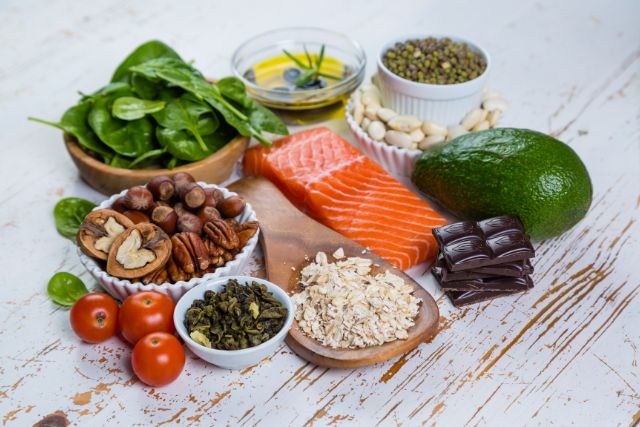
- Diabetes-Friendly Nutrition: Smart... 08.12.2024
-
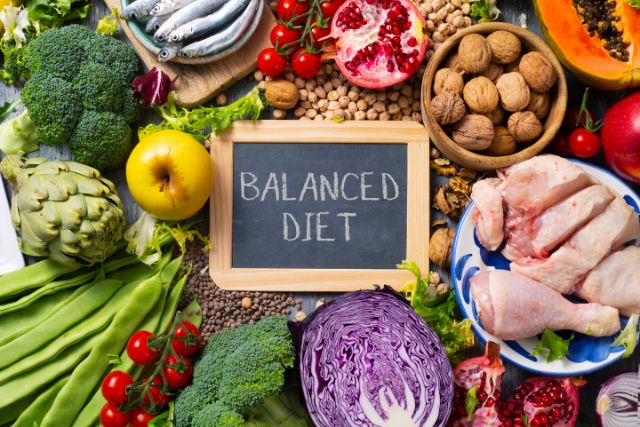
- Nutrition for Chronic... 08.12.2024
-
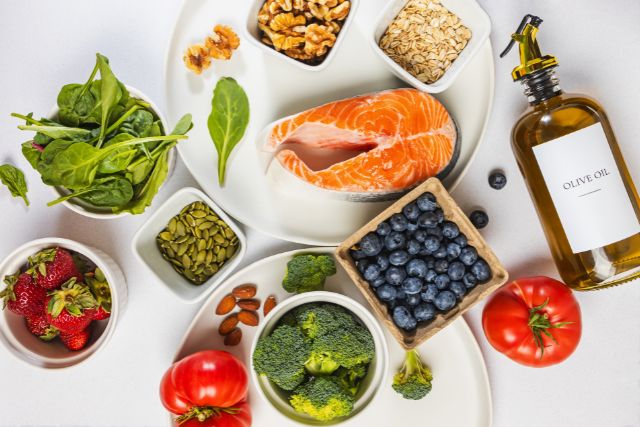
- Anti-Inflammatory Diet: Food... 08.12.2024
-
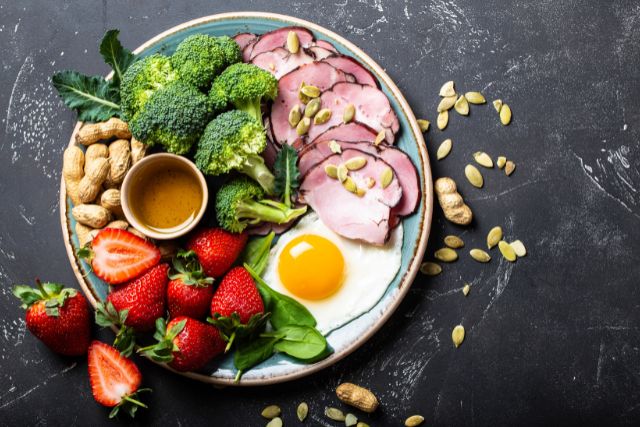
- Low-Sodium and Heart-Healthy:... 08.12.2024
-
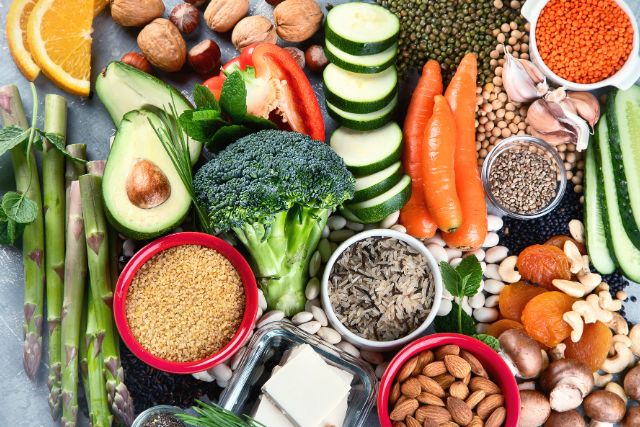
- Plant-Based Diets for... 08.12.2024
Cooking without Oil: Discovering Key Ingredients

Did you know that oil is now an optional ingredient when cooking? That’s the beauty of innovation!
These days, vegetable oils may be found in just about every dish under the sun. You may discover vegetable oils such as soy, sunflower, and canola in various foods, including salad dressings and baked goods. However, there is a catch: these vegetable oils are hazardous to your health and the environment.
It is, fortunately, easy to switch out vegetable oils for healthier options. Whether you are looking for a vegetable oil alternative that is better for your health or you are in a panic and need a quick ingredient swap for a meal you are preparing to make, there will be a suitable choice among the available options.
People have been trying to find methods to reduce the amount of oil they use in their cooking for some time now. This is because we are more receptive to many healthy lifestyle possibilities. As a result, a wide variety of trials have been conducted, and many new items have been distributed into the market as other choices.
If you are interested in finding techniques or ways to cook without using oil, the following is a guide that you may follow.
Water or Broth
If you want to sauté veggies without oil, consider using water or broth. After preheating a skillet over medium heat, add your veggies after pouring in a modest quantity of liquid (approximately one to two teaspoons). Regular stirring is necessary to avoid burning. Add extra juice to prevent the veggies from adhering to the pan as the liquid evaporates. This approach is beneficial for cooking softer veggies like mushrooms, bell peppers, and onions.
Grilling, Baking or Broiling
Alternate cooking methods to frying necessitating a significant amount of oil include grilling, baking, and broiling. You may prepare your meals using these ways without adding extra fat to the cooking process. Cooking your meal on a grill imparts a deliciously smokey taste while cooking it in the oven or under the broiler may give it a crisp, crunchy texture.
Roasting
Roasting veggies in the oven without adding any additional fat is an excellent method to bring out the flavors already present in the vegetables. To make your veggies soft, mix them in a minuscule quantity of broth or water and then roast them at a high temperature. This approach is beneficial for cooking heartier vegetables such as potatoes, carrots, and squash.
Butter camo or Nut butter
Baking recipes may benefit from using avocado and nut butter, such as almond or peanut butter, instead of the traditionally used oil. Your baked products will benefit from adding moisture and flavor from these alternatives, which also provide a source of healthy fats. Be careful to modify the quantity you use so that it corresponds with the texture of the nut butter and the instructions for the recipe you are following.
Vinegar or Lemon juice
Vinegar and lemon juice are two examples of acidic substances that may impart taste to food without oil. When you are sautéing veggies or making marinades for grilled or baked meats, you may want to add a splash of vinegar or lemon juice to your pan or marinade.
Steming
Vegetables may be cooked without the need for oil when they are steamed. To make steamed vegetables, all you need to do is put a steamer basket on top of a pot that has been partially filled with water. Put the veggies you're going to cook in the pot's basket, cover it, and let it simmer until the vegetables are cooked. Another time-saving and labor-saving alternative for steaming is to use a steamer bag suitable for use in the microwave.
Dressings
There is often a lot of oil in salad dressings, but it is simple to produce oil-free versions of salad dressings at home. To make a tasty and nutritious dressing, combine all of the components, such as vinegar, lemon juice, Dijon mustard, and the herbs and spices you choose, and whisk them together.
Ghee
Try substituting it with ghee, a clarified butter native to South Asia. It is a much better choice for frying at high temperatures (it has a higher smoke point) since it has a more significant percentage of fat than other options. Its flavor is excellent for preparing earthy curries and stir-fries, which need an intense heat and full-on flavor, and it has a robust and nutty flavor.
Schmaltz
Chicken fat transformed into schmaltz is sometimes referred to as chicken butter. This very flavorful and simple-to-prepare item plays a significant role in Jewish and Eastern European cuisine.
To prepare chicken schmaltz, you must first stew chicken skin in just enough water to cover it for a sufficient amount of time, after which the water will evaporate, exposing the chicken skin's natural fat. The rendered chicken fat should then be strained before being put to use for frying everything from vegetables and potato pancakes to seasoned chicken thighs and onions. It may even be used to prepare baked goods like dumplings and pastries in much the same manner that butter would be used. The crispy, crackly parts obtained by straining schmaltz are referred to as gribenes and may be salted and consumed as a snack.
Bananas & Apple Sauce
For example, instead of using oil in baked products like cakes and pastries, you might use mayonnaise, apple sauce, mashed bananas, pureed prunes, or even mashed bananas. There is also success with using canned pumpkin, sour cream, and yogurt. The texture of your cake may shift due to these changes, and its shelf life may be shorter than usual; nevertheless, in most instances, the substitute will not be noticeable.
Disclaimer: The information provided in this article is for general information purposes only. All information in this article is sourced from other websites, and we do not represent any rights regarding the contents and information on the site. All rights belong to their original owner.
Sources:





